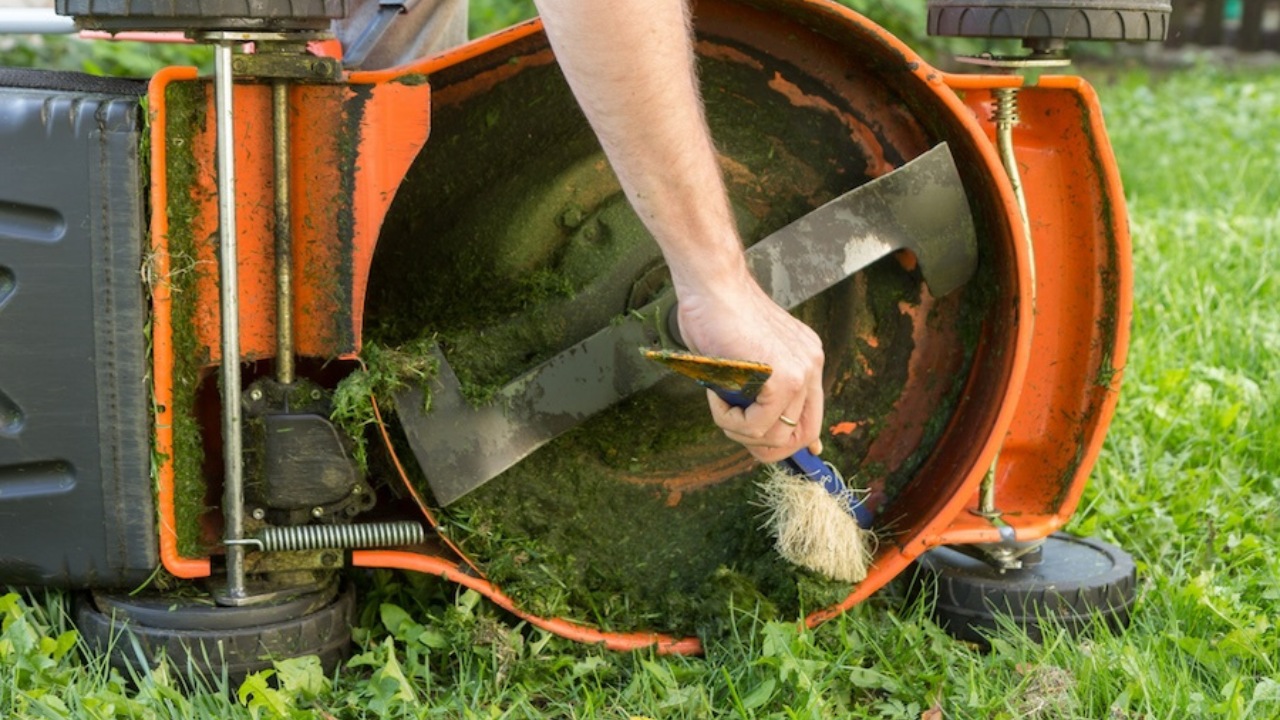Outdoor maintenance tools known as mower blades have two main functions in operations for lawn care and land clearing tasks. The blades become less effective and may break when used frequently. Regular, proper maintenance practices will make your mower hammer blades survive much longer, resulting in decreased replacement expenses and better operational performance. The following guidelines will show you ways to extend the operational lifespan of your mower blades.
Regular Cleaning
Mower blades develop rust and corrosion because dirt, grass clippings, and debris collect on their surface. Regular blade cleaning after each use stops the materials' buildup, ensuring their optimal functioning.
Ways to Clean Mower Blades
Farmers and the workers in the field must make sure that:
- A wire brush should clean dried grass and dirt from the blades.
- They should clean the blades with a damp cloth or a mild detergent.
- After drying the blades completely, a thin layer of oil should be applied to stop rust formation.
Sharpen Blades Periodically
Your mower's blades should remain sharp because dullness causes grass to tear. Instead of cutting cleanly, it damages your lawn and strains the mower. Frequent blade sharpening delivers superior cutting performance while boosting operational duration.
Sharpening Tips
- You should utilize bench grinders and sharpening stones.
- Keep the blade edge at its original position.
- Cutting away only minimal metal from the blade will help maintain its strength.
- After blade sharpening, you should balance the blade to avoid mowing irregularities.
Avoid Hitting Hard Objects
Workers should avoid encountering mower blades with rocks, as blades face damage and dullness after hitting hard objects like tree roots or metal objects during operation. Check your lawn and work area.
Preventive Measures
- Clear all stones, sticks, and debris from the mowing area.
- You should adjust the mower deck height to prevent contact with uneven terrain.
- Mowing operations near sidewalks and driveways require extra attention.
Lubricate and Protect Blades
Applying lubricant on mower blades serves dual purposes as it stops rust formation while reducing resistance between moving parts, resulting in well-operating equipment and extended life duration.
Lubrication Tips
People working with mower blades must make sure that they use:
- Silicone-based lubricants and spray products are made for metal components.
- Use a thin, consistent lubricant layer after cleaning and drying the blades.
- Keep blades that have been lubricated in a dry storage location to stop corrosion from occurring.
Store Mower Properly
The correct storage method safeguards mower blades against rust development and early blade deterioration. Exposure to moisture and harsh weather conditions causes blades to deteriorate through corrosion.
Storage Tips
- Place your mower in a dry area that has proper coverage.
- Blades should always remain dry, and you should use rust-preventative spray before storage.
- When storing your mower outside, you should cover it with a tarp.
Replace Blades When Necessary
Regular maintenance does not prevent blades from eventually reaching the end of their operational lifespan. Your mower will experience reduced efficiency and potential damage when you operate it with too worn-out blades.
Signs You Need New Blades
- Visible cracks or bends.
- The grass is cut unevenly and shows frayed edges during mowing operations.
- Operating the mower produces excessive vibration and noise.
Conclusion
A properly maintained mower blade achieves extended service life. The blade's service life increases when you maintain it by removing debris and grass and performing edge sharpening and oiling to stop rust formation while checking for any signs of damage. Your mower blade stays safe when you operate it correctly because hard objects can cause both blade dulling and damage. A dry and safe storage location protects the blade from both rust development and wear damage.


